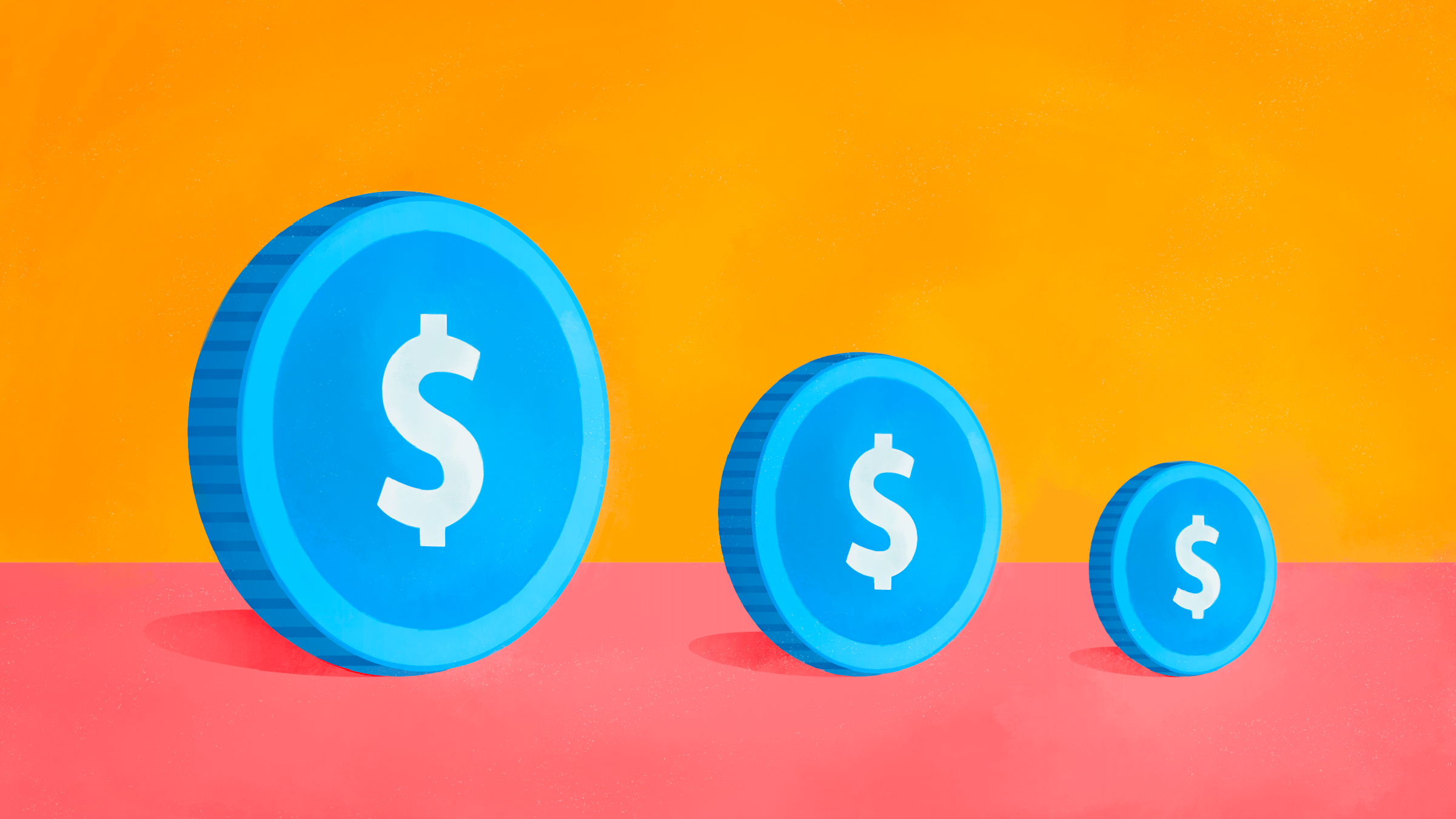Editor's note: Read the latest on how the coronavirus is rattling the markets and what you can do to navigate it.
“Some worry about how we’ll be able to ensure that the expansion of the Bank of Canada’s balance sheet doesn’t lead to runaway inflation as economic activity recovers. …I could never dismiss this worry out of hand. Others are worried that the current situation poses the opposite risk—deflation,” said Carolyn Wilkins, senior deputy governor of the Bank of Canada on May 4th, expressing the prevalent ambivalence.
Inflation not the immediate concern
At the present moment, inflation is not something economists worry about, especially not with the ongoing oil depression, notes Jean-Pierre Couture, chief economist and portfolio manager at Hexavest. Couture points out that apart from the shocks of the two world wars, the only other shocks that created significant inflation are those related to the sharp peaks of oil prices in the 1970s. “Outside these shocks, inflation seldom went above 5%, he comments. “That’s cyclical inflation, and it’s rarely a big problem.”
Deflation is the present greater danger, but the three economists we spoke with are not particularly worried by it. “It’s a big issue in the near term, notably with 35 million jobless claims in the U.S. and 3 million in Canada,” says Todd Mattina, principal vice-president and chief economist at Mackenzie Investments. “The decline in income and in production constitutes a huge demand shock creating deflationary pressures, notwithstanding the fall in oil and commodity prices.”
‘Dis’-inflation
“We see disinflation rather than deflation,” proposes Sal Guatieri, senior economist at BMO Capital markets, suggesting five near-term trends will drive prices lower, but never to the point of pushing them into deflationary territory. 1) The steep rise in joblessness and fierce competition among surviving companies; 2) A vice-grip on resource demand and prices; 3) A heightening of the savings rate on the part of consumers who will be less prone to spend; 4) A shift toward e-commerce and telework leading to lower expenses for companies that will pass along the savings to consumers; 5) A high U.S. dollar that will lower import costs and keep consumer prices low.
The key threat that deflation holds is that consumers, witnessing a constant fall in prices, postpone purchases to take advantage of future lower prices. “But prices have been falling for 20 years, objects Couture. Have people postponed purchases? I don’t find the deflation argument convincing.”
Avoiding deflation and experiencing only disinflation will depend on three variables, believes Mattina: the length of the lockdown, how quickly consumers will come back, and how effective government policies will be in bridging losses to prevent massive business bankruptcies. The more time passes, the greater become the threats of deflation and even depression.
Inflation when good times return
If the economy successfully steers its way back to pre-pandemic levels, only then will inflation become a concern. The main reason will hinge on the massive liquidity influx supplied by central banks and governments across the world. But after the 2008 crisis, similar injections by central banks into the financial system didn’t cause any inflation.
After 2008, explains Mattina, “money came back to the Fed in the form of excess reserves held by commercial banks. These didn’t flow back into the economy: banks didn’t issue loans and households were not borrowing.” This time, the largest share of liquidity from central banks is going to governments through the purchase of treasuries. “The Fed is monetizing the debt, and all this money could eventually find its way into the real economy,” Mattina believes.
That does not worry Guatieri. “Most of the ‘stimulus’ will simply offset the massive loss of income caused by the shutdowns, rather than stoke demand, he observes. We expect central banks will withdraw that liquidity before (it causes inflation).”
Inflation as a result of stimulus doesn’t worry Couture either. “The U.S. and Japan have been printing money for years, and no inflation has resulted.” With one exception, he notes: “We’ve seen inflation in asset prices, not in consumer goods. That’s a problem with central banks whose mandates are to stabilize prices. They lack a mandate to stabilize asset prices and as a result create financial instability.”
One development could cause inflation to flare up, recognize Couture and Mattina: de-globalization. “With increasing pressures on multinationals to re-shore activities, explains Mattina, global supply chains are at risk of a shock and that could trigger higher costs and higher prices.”
What to do?
Mattina believes that investors should aim for an asset mix that is as resilient as possible to all economic scenarios of deflation or inflation and recommends investing in liquid alt funds. “They have a low correlation to stocks and to bonds and lower volatility,” he points out. For a shift to such alternative strategies to be efficient, he recommends an allocation of 10% to 20% of one’s portfolio.
If inflation threatens to flare up, Guatieri recommends switching to inflation-protected bonds and to buy gold. Steer clear from nominal bonds – which he advises investors to have moved into if deflation was a prior threat.
Couture advises keeping a critical eye on stocks, especially in the U.S. where they don’t price in any slowdown and are rather “priced for perfection”. In Canada, valuations are more reasonable, but the country is more at risk because of high household debt and the shock on oil.
How exposed is your equity?
Get the global makeup of equity indexes with our free tool here




















